To some people, it may seem like a stretch to make a connection between gardening and climate change. There is, however, a direct relationship between how we as a nation grow and distribute our food and the carbon emissions that are a major contributor to a warming Earth.
According to the US Environmental Protection Agency (EPA), approximately 25 percent of global carbon emissions are caused by the worldwide industrial production of food. Emissions start with the clearing of land to make room for monoculture crops such as corn and wheat. The removal of trees and the breakdown of key soil components reduces nature’s ability to absorb, distribute, and store carbon, releasing more into the atmosphere and contributing to the increase in greenhouse gases. This is compounded by the consumption of fossil fuels in the transportation and use of synthetic fertilizers and the long-distance distribution of the resulting food products.
The result of this unsustainable closed loop of consumption is damage to our environment and our own health. Food produced on such a massive scale requires synthetic additives and preservatives to stabilize it for the long periods of time between production, distribution, and consumption. This kind of manufactured “nutrition” is not good for anyone.
The solution is both obvious and challenging: we need to get back to supporting a direct connection between how we produce and consume our food. It’s important that people understand how and where their food is grown, what choices impact the nutritional value of their food, and how to obtain it efficiently and cost-effectively.
To that end, let’s take a closer look at 6 major benefits of growing your own food and why it can help feed your family better while fighting climate change:
1. It reduces carbon emissions.
Commercial farming consumes an amazing amount of resources. It is a highly mechanized practice requiring a lot of heavy equipment which uses a lot of fuel for cultivation and transportation, producing significant carbon emissions. We generally do not think about food transportation since it’s almost always waiting for us on our local grocery store’s shelves – but it has to get there somehow. In fact, much of what we typically buy travels an average of 1500 miles in the US. Products imported from around the globe obviously travel much farther.
Clearly, if you are growing your own fruits and vegetables, there are no carbon emissions. You grow, wash, and eat it, so carbon emissions are essentially zero. You’re even sequestering carbon by growing food on your property.
2. It reduces pesticide and fertilizer use.
According to the most recently-available data from the EPA, sales of pesticides in the US for commercial food production total well over $15 billion annually and over $19 billion for fertilizer. That’s a LOT of synthetic chemicals going into our food stock. The practice of artificially supporting monoculture food production with chemical treatments actually depletes the soil by harming helpful bacteria and fungal networks that distribute nutrients naturally to plant roots. Without good soil there can be no good food.
When you grow your own garden, you decide what goes in the soil and what goes on the plant and how much. You are in the driver's seat in deciding when to use a pesticide or fertilizer and whether they’re synthetic or organic.
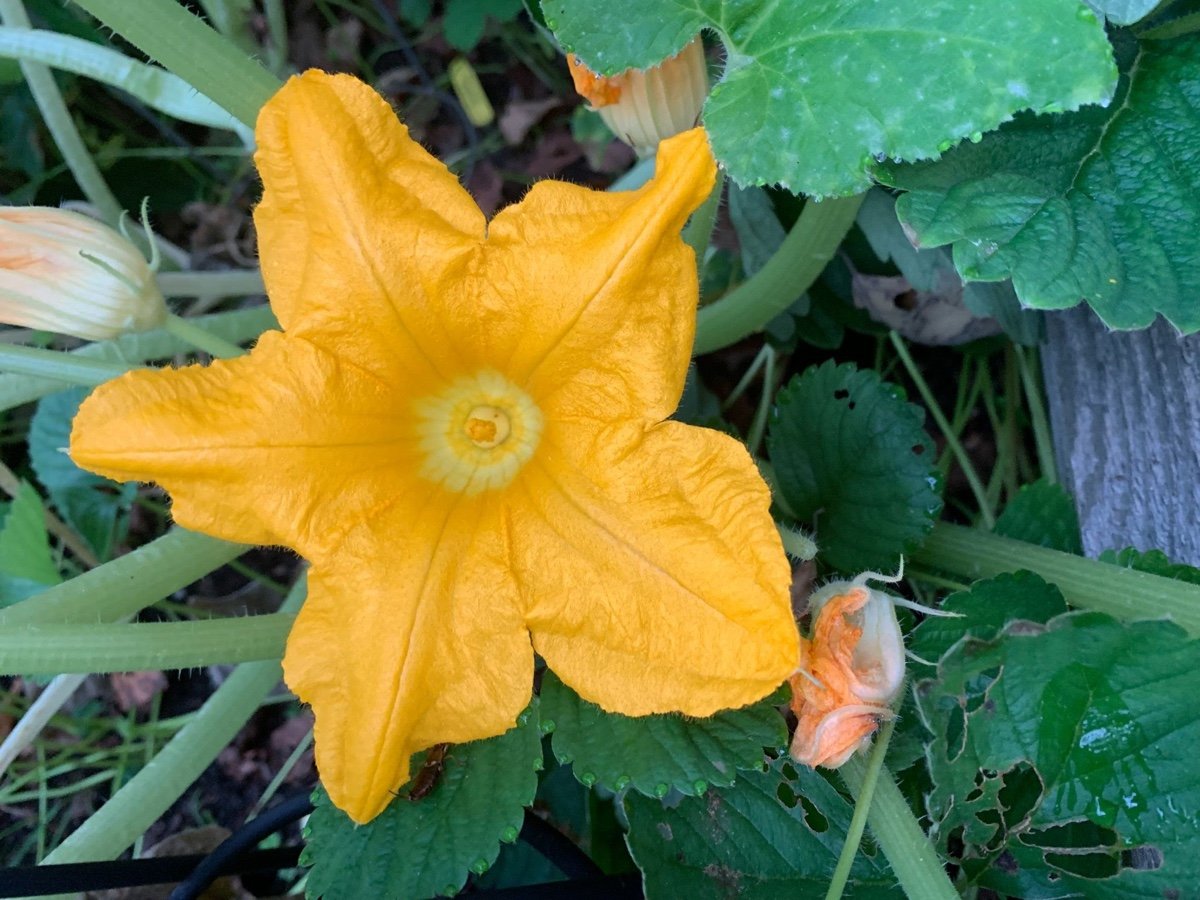
Beautiful zucchini flower!
3. It fosters a connection with nature.
The act of growing a garden enables you to physically connect with nature by interacting with the plants and soil and enjoying – quite literally – the fruits of your labor. When you grow a food garden you are as close to nature as you can get. As you interact with your plants, the soil, and the weather you are directly experiencing all the elements involved in the growing process. The payoff is being able to harvest and consume what you’ve grown, producing a profound sense of satisfaction and a deeper understanding of nature and the cycles of growth.
4. It provides learning opportunities.
When you grow your own garden, you have a learning lab in your own yard, providing you and your family with hours of educational access and the opportunity to learn about nature and our ability to grow our own food.
The more I garden, the more I am drawn to the idea of growing new things and trying new foods. The satisfaction I gain from growing something, harvesting it, bringing it to the table (or to work because I have more cucumbers than I could possibly consume) makes me happy. When I see my family enjoying our home-grown produce, it makes me want to know and grow more.
And then there’s zucchini… Which I love but my family won’t eat. What’s up with that.
Please share your recipe ideas below!
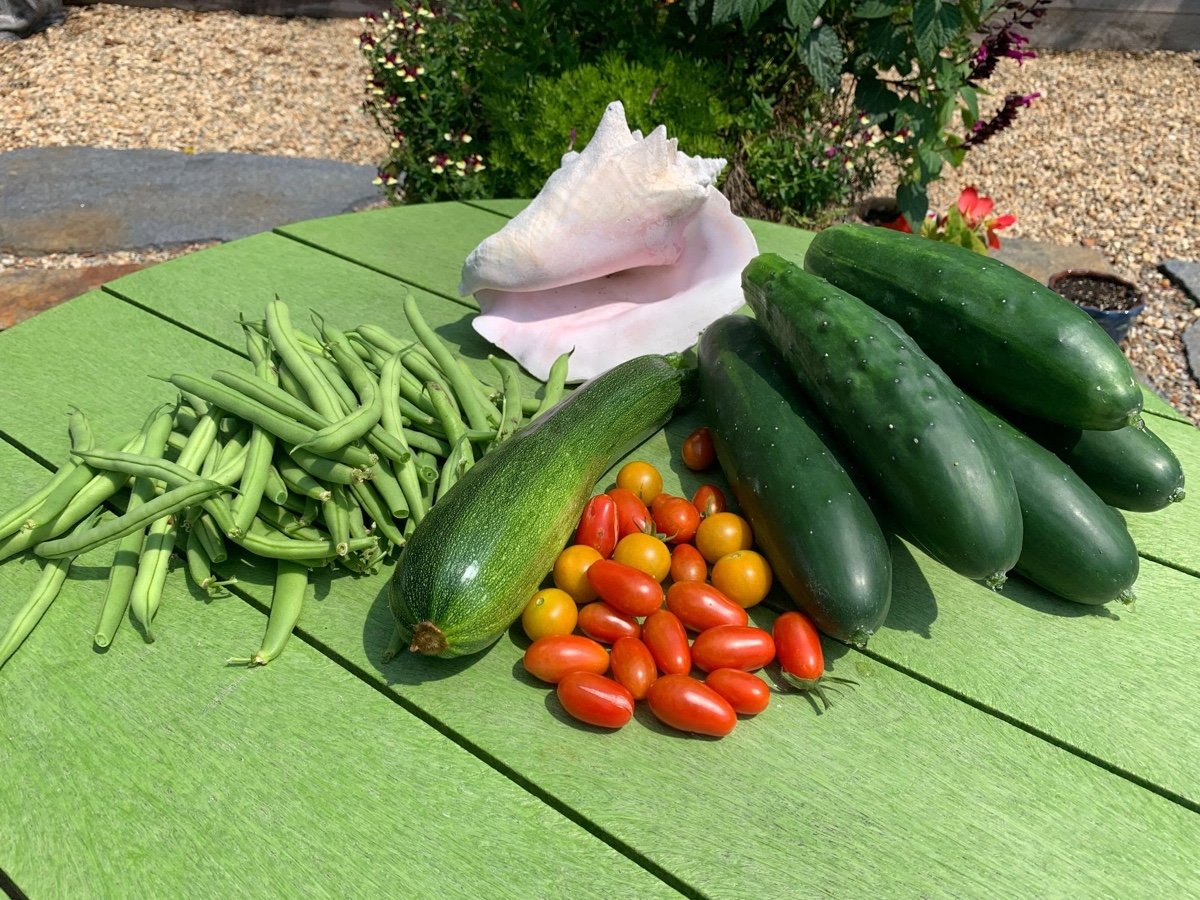
Notice the over abundance of cucumbers!
5. It provides better nutrition.
The commercial agriculture system is built upon the idea that food needs to look a certain way and be genetically structured so it can travel long distances and arrive shelf-stable. This strategy is based upon the premise that people will buy produce because it looks “pretty.” But perfect and pretty have very little to do with nutrition. Healthy, nutrient-dense food comes from plants that are grown in healthy soils harboring helpful microbes alive and working hard to help produce tasty, nutritious fruits and vegetables.
When you grow your own garden, you have the ability to manage your soil with the addition of compost, minerals, nutrients and biochar all from organic sources that will build up the biological life in your soil which will in turn support and feed your plants giving you the most nutrition possible.
6. It tastes better.
There’s no denying that organic, home-grown food tastes the best. When you take the time to choose the right plant for the right place and rotate your crops so you are growing different things at different times to maintain a healthy soil, you’re able to grow happier, healthier plants with more natural sugars for better-tasting food. A lot of it has to do with timing and patience:
- Leafy crops like the cooler times of the year
- Melons and tomatoes like the sunny, hot summer
- Berries and other fruits need long-term investment to get the best yields
- Let crops mature before harvesting – but then harvest immediately for fresher, brighter flavor

TWEETABLE TIP
The solution is both obvious and challenging: we need to get back to supporting a direct connection between how we produce and consume our food. It’s important that people understand how and where their food is grown.
VIA @GardenContinuum

Yes, a food garden can be hard work, but the payoff is huge. And sometimes your efforts are a bust. Like this year, I had horrible luck with basil (too much rain, humidity, and gray days), while last year I grew more than I could possibly eat. You gotta go with the flow!
Done right and with a good sense of adventure (and a sense of humor), your garden will provide a bounty of fresh, flavorful produce your family will love and eagerly consume (except for that zucchini). Even a few fresh produce selections to replace the less nutritious, more expensive manufactured food products found in the freezer and on the shelves of those big chain grocery stores, are better than none.
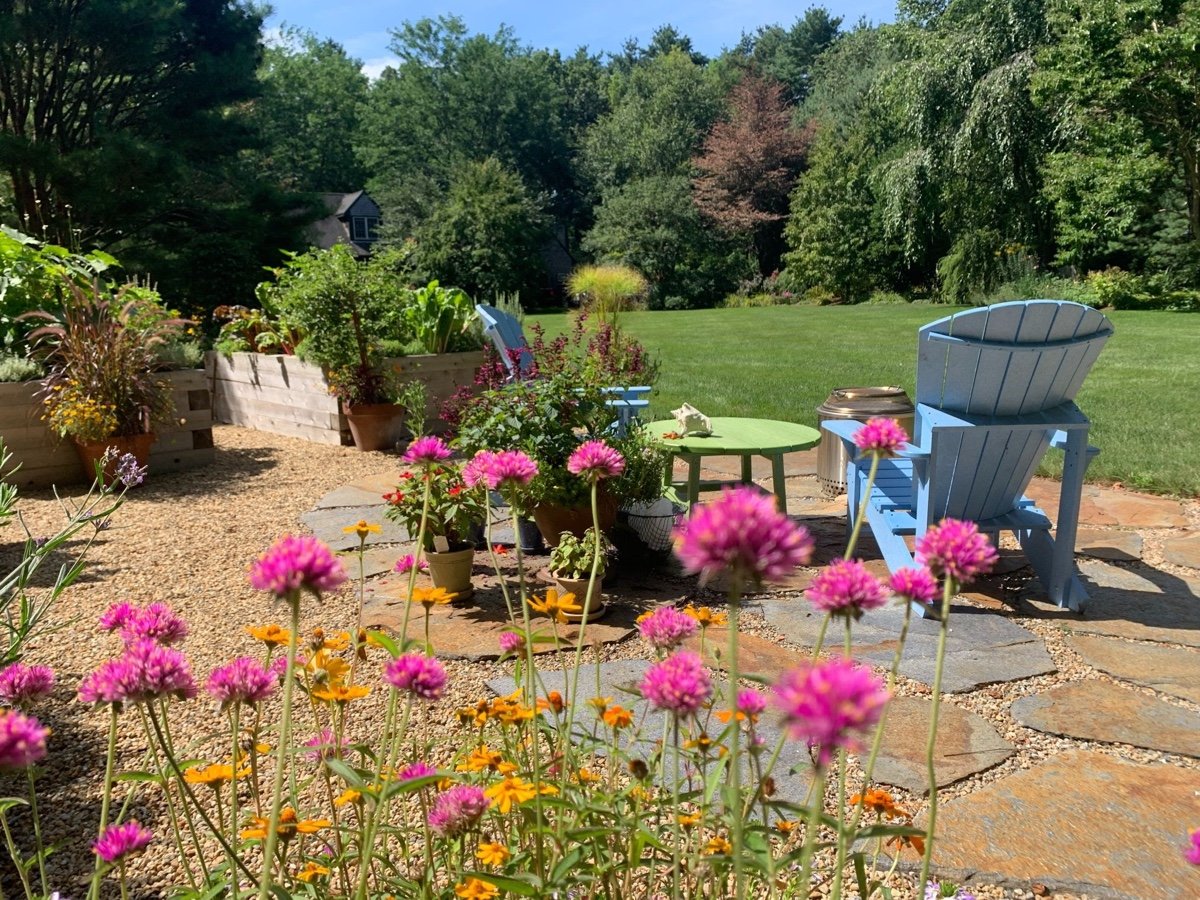
Not only a bounty of food, also a respite for a little downtime!
Equally as important, growing your own food is a great way to join the fight against climate change. Together, we can all help reduce carbon emissions, cut greenhouse gases, and help keep a lid on rising global temperatures. We can do this! But it all starts locally.
So go ahead and figure out what will work for you. Too busy or too cramped to have a big, backyard garden? Fine. How about a deck or balcony planter with some herbs or a tomato plant or two? It’s a great way to add some fresh flavors to your table and reduce our reliance – even a little bit – on commercial foods and the toll they take on our environment.
If you are interested in regenerative gardening, please download our eBook about it called How Regenerative Gardening will help Fight Climate Change.
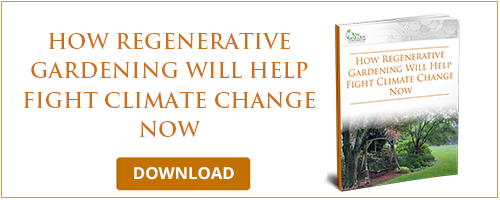
If you are in our service area around Medfield, MA, consider scheduling a Landscape Discovery Session to talk about your landscape needs.



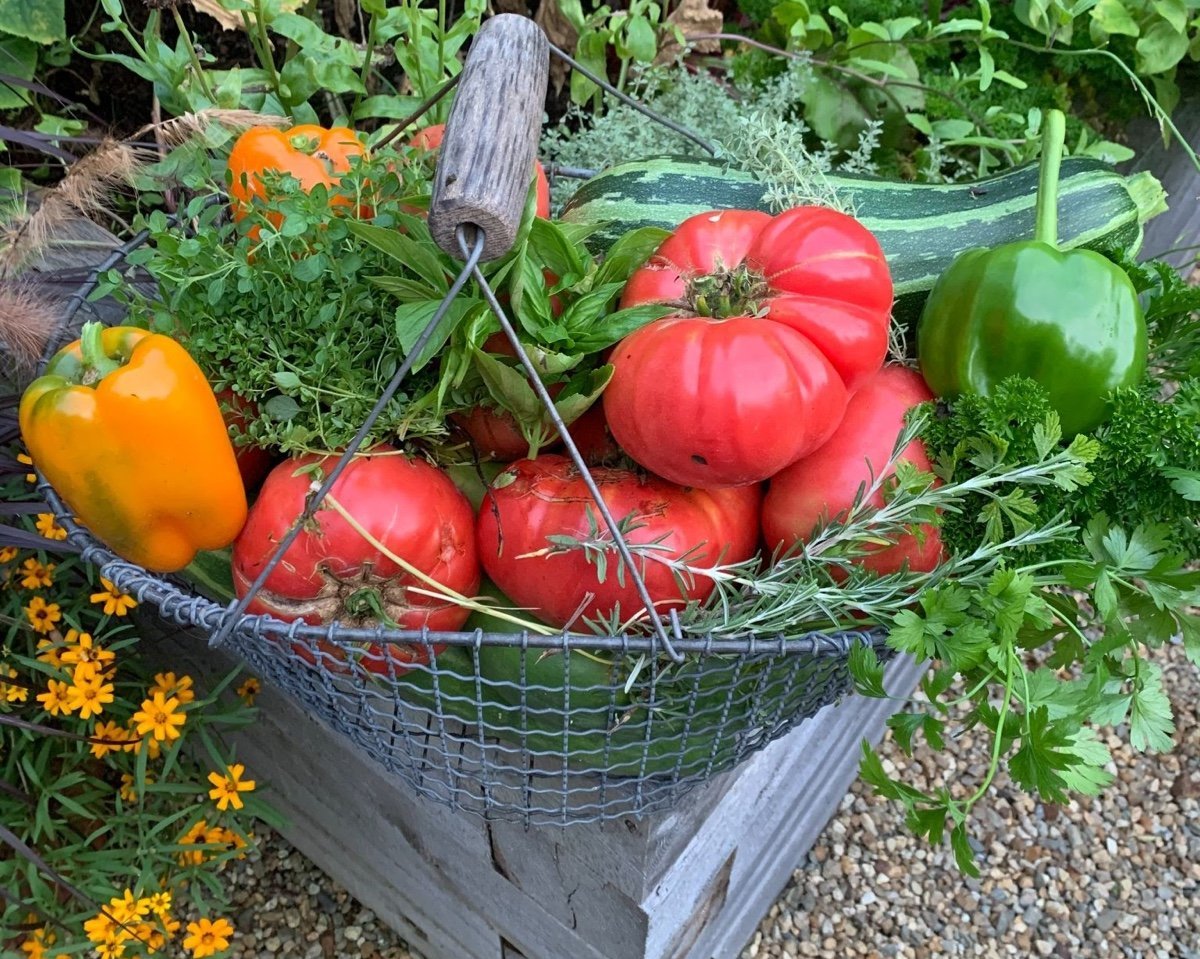







Leave a comment